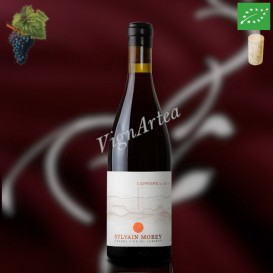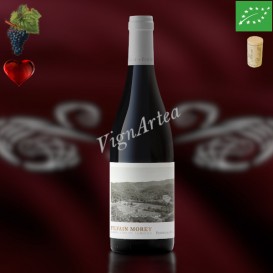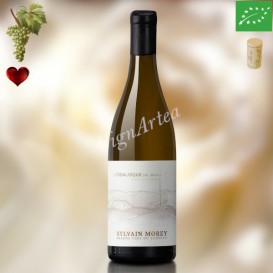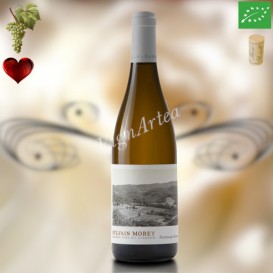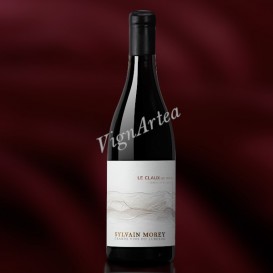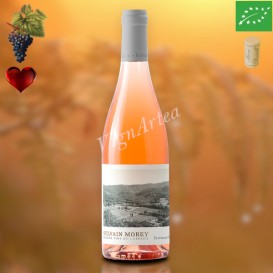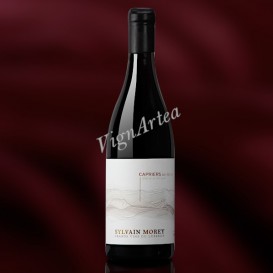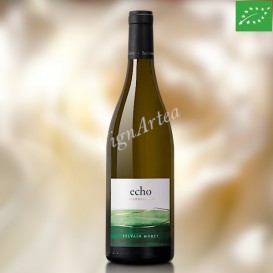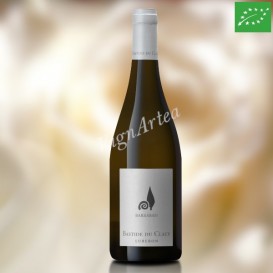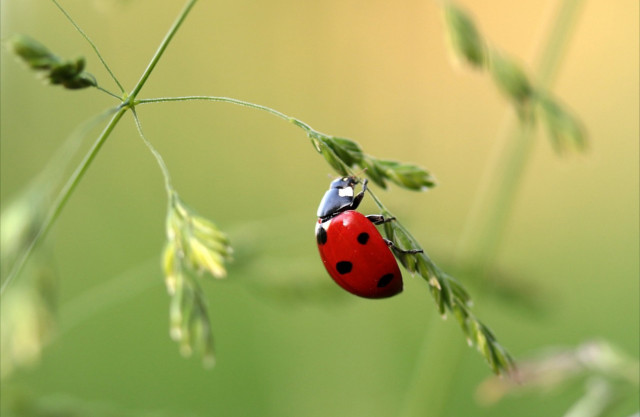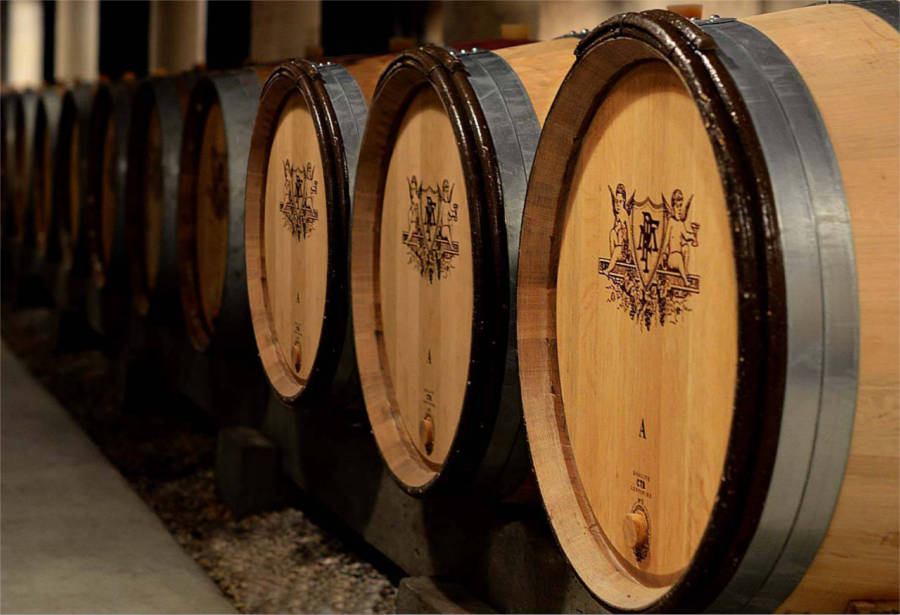La BASTIDE DU CLAUX (Sylvain MOREY)

RHÔNE VALLEY 16 ha Organic Agriculture WINEMAKER : Sylvain MOREY
HISTORY
The domain of LA BASTIDE DU CLAUX was created by Sylvain MOREY, whom you also know through his Burgundian wines.
Except that destiny wanted things to go against the flow, since our winemaker, originally from Burgundy, began to produce his first wines...in the Luberon!
In 1996, he moved to the Vaucluse region and founded the domain of LA BASTIDE DU CLAUX in 2002, applying his knowledge and talent in the winemaking of grape varieties grown in a region totally different from the one he has always known, but with a very Burgundian vision of his profession.
After years spent to observe and analyse the vineyard, Sylvain MOREY was able to detect the high quality potential of some of his terroirs, which he began to isolate by redefining his range of wines through the production of parcel-based cuvees.
TERROIR
The Luberon vineyards occupy the relief formed by the Provençal range, which is composed of hard limestone from the Cretaceous period, and which is submerged to the west under the Vaucluse plain.
To the southwest of Apt, the Urgonian is in the form of sandy beds and banks of large flints with low areas where red decalcification clays have accumulated. Towards the East, the Oligocene sediments are numerous and varied, there are limestones and marls, or powerful conglomerates which constitute good wine-growing terroirs when the stony load and the topographic situation favor their warming to compensate for the altitude of certain sectors.
The Miocene sea which covered the whole region deposited sands in the Aigues country where the vineyard of LA BASTIDE DU CLAUX is located. The topographical situation, the depth of the soils and the stony coverings on the surface determine the qualitative potential of the sector. This is what Sylvain Morey has observed in his vineyard, where the parcels of land are divided up and offer a beautiful diversity of terroir, both in terms of exposure, altitude and the properties of the subsoil, which are particularly well suited to the vine.
Finally, the Quaternary era is responsible for all the stony glacis of the piedmonts and the plateaus of ancient alluvium made of rolled pebbles which border the Durance valley.
The climate of this region forms a transition between the Mediterranean climate of the Rhône and the cooler climate of Haute-Provence. The average annual temperatures vary between 12 and 13°C, with an east-west gradient that is partly explained by the altitude. The effect of the Mistral wind is considerably reduced by the orientation of the massif and by the presence, to the north, of the Vaucluse plateau and Mount Ventoux.
WINEGROWING & WINEMAKING
The vineyard is certified Organic Agriculture by Ecocert since January 2021. Generally speaking, the grapes are harvested by hand and the winemaking is done without yeast addition, that is to say that the alcoholic fermentation occurs with the indigenous yeasts naturally present on the soil and in the cellar. Sulphits addition is also controlled, about 2g/hl.
Before bottling, the musts are coarsely filtered to guarantee the microbiological stability of the wine.
For white wines, fermentation takes place in thermo-regulated vats, and the wine is aged in concrete vats and demi-muids for 14 to 17 months.
For the red wines, the grapes are totally destemmed but never crushed. They are macerated in vats where the fermentation starts spontaneously. Press juice and free-run juice are blended.
Depending on the vintage, the wine is aged in concrete vats, in tuns, in barrels or in demi-muids and the duration of the maturation period varies between 14 and 24 months.
As for the rosé, it is made from press juice only. A part of the grapes is pressed directly after harvest, the other part is subject to a short maceration of 6 to 8 hours. The wine is aged in vats for 7 months.
-
CAPRIERS 2022 (Sylvain MOREY - La Bastide Du Claux)
21,30 € In stock!RHÔNE - AOP LUBÉRON - RED WINE
Grape varieties: Syrah (40%) - Grenache noir (25%) - Pinot noir (20%) - Nebbiolo (15%)
Native yeasts Total destemming
Ageing in oak barrels, 1/2 muids & concrete tanks for 24 months- Nose: intense, slightly mentholated. Notes of black fruit, licorice and peppermint.
- Palate: firm tannic structure. Long blackberry finish.
- Tasting date: July 2025 after one-hour decanting
- OUR OPINION: the presence of Nebbiolo, an Italian grape known for its rich tannins, is certainly not unrelated to the still-tight structure of this vintage. However, after a good decanting and a carefully chosen accompaniment (red meat in particular), this vintage, drunk in its youth, reveals itself to be juicy and highly digestible. It will be superb with a few extra years of ageing.
- Nose: intense, slightly mentholated. Notes of black fruit, licorice and peppermint.
-
PANORAMA ROUGE 2023 (Sylvain MOREY)
15,70 € In stock!RHÔNE - AOP LUBÉRON - RED WINE
Grape varieties : Syrah (50%) - Grenache noir (30%) - Carignan (10%) - Cinsault (10%)
Organic Native yeasts Total destemming
Ageing in tunes & concrete tanks for 18 monthsFresh - Fruity - thirst-quenching
- Nose: fresh, lively and juicy. Notes of crunchy red fruit with a hint of sweet spices.
- Palate: silky, fresh and fruity. Long-lasting aromas.
- Tasting date: June 2025.
- OUR OPINION: a very fine vintage which, for a wine from the South, surprises with its freshness and its thirst-quenching fruitiness! Well-balanced and juicy, it will delight lovers of light, fruity red wines! ❤️❤️
- Nose: fresh, lively and juicy. Notes of crunchy red fruit with a hint of sweet spices.
-
L'ODALISQUE 2022 (Sylvain Morey - La Bastide Du Claux)
19,90 € In stock!RHÔNE - AOP LUBÉRON - DRY WHITE WINE
Grape varieties: Grenache blanc (50%) - Vermentino (30%) - Clairette (20%)
Organic culture Native yeasts
Ageing in demi-muids for 18 monthsFruity - Elegant - Supple
- Color: golden yellow
- Nose: fresh and elegant. Slightly aniseed notes open onto peach and pineapple aromas.
- Palate: fresh, invigorating and fragrant. Supple attack. Nice finish.
- Tasting date: July 2025
- OUR OPINION: a very fine vintage, fruity, fresh and supple. A fine gastronomic white wine ❤️❤️
- Color: golden yellow
-
PANORAMA BLANC 2023 (Sylvain MOREY - La Bastide Du Claux)
15,70 € In stock!RHÔNE - AOP LUBÉRON - DRY WHITE WINE
Grape varieties: Grenache blanc (25%) - Vermentino (20%) - Ugni blanc (10%) - Clairette (15%) - Bourboulenc (15%) - Roussanne (7%) - Viognier (5%) - Marsanne (3%)
Organic culture Native yeasts
Ageing in concrete tanks for 12 monthselegant - fresh - fine
- Nose: elegant and slightly creamy. Notes of fresh citrus fruit and white flowers, with a hint of aniseed.
- Palate: invigorating and delicious, fresh and spring-like. Lingering finish.
- Tasting date: June 2025
- OUR OPINION: a very pretty and successful 2023 vintage! Complex, elegant and fresh, it will win you over with its freshness and finesse! ❤️❤️
- Nose: elegant and slightly creamy. Notes of fresh citrus fruit and white flowers, with a hint of aniseed.
-
LE CLAUX 2021 (Sylvain MOREY - La Bastide Du Claux)
19,90 € In stock!RHÔNE - AOP LUBÉRON - RED WINE
Grape varieties : Syrah (98%) - Grenache noir (2%)
Native yeasts Total destemming
Ageing in 1/2 muids & concrete tanks for 30 monthsFull-bodied - Complex - intense
- Nose: Powerful. Notes of black fruit and chocolate mint.
- Palate: silky. Fine, well-integrated tannins.
- Tasting date: June 2025, after 2 hours decanting.
- OUR OPINION: Le Claux is a full-bodied cuvée. 2021 is a powerful wine, with a fine tannic structure giving it a long ageing potential. This wine is for lovers of dense wines.
- Nose: Powerful. Notes of black fruit and chocolate mint.
-
PANORAMA ROSÉ WINE 2024 (Sylvain MOREY)
12,30 € In stock!RHÔNE - AOP LUBÉRON - ROSÉ WINE
Grape varieties: Grenache Noir (60%) - Cinsault (25%) - Vermentino (10%) - Syrah (5%)
Organic Native yeasts
Ageing in concrete tanks for 6 monthsFruity - Fresh - Spicy
- Nose: Fresh and spicy. Notes of pink grapefruit, redcurrant and mild spices.
- Palate: fruity and thirst-quenching. Long finish.
- Tasting date: June 2025.
- OUR OPINION: a very fine and gourmet rosé! ❤️❤️
- Nose: Fresh and spicy. Notes of pink grapefruit, redcurrant and mild spices.
-
CAPRIERS 2019 (Sylvain MOREY - La Bastide Du Claux)
21,30 € In stock!RHÔNE - AOP LUBÉRON - RED WINE
Grape varieties: Syrah (60%) - Grenache noir (25%) - Pinot noir (15%)
Native yeasts Total destemming
Ageing in oak barrels, 1/2 muids & concrete tanks for 24 months- Nose: ntense and spicy. Gourmet notes of crunchy red and black fruit, black pepper and a hint of coffee.
- Palate: ightly structured with silky tannins. Slight oaky finish.
- Tasting date: March 2023.
- OUR OPINION: a charming, elegant and fruity wine with a good cellar ageing potential.
- Nose: ntense and spicy. Gourmet notes of crunchy red and black fruit, black pepper and a hint of coffee.
-
POUDRIÈRE 2022 (Sylvain MOREY - la Bastide Du Claux)
12,30 € In stock!RHÔNE - AOP LUBÉRON - ROSÉ WINE
Grape varieties: Grenache Noir (65%) - Cinsault (25%) - Syrah (10%)
Organic Native yeasts DIAM3® cork stopper
Ageing in concrete tanks for 7 months- Nose: elegant, distinguished and spicy. Notes of sweet spices and fresh citrus fruit.
- Palate: tasty and very fresh.
- Tasting date: April 2023.
- OUR OPINION: a very fine & gastronomic rosé!
- Nose: elegant, distinguished and spicy. Notes of sweet spices and fresh citrus fruit.
-
ECHO 2021 (Sylvain MOREY - La Bastide Du Claux)
17,30 € In stock!RHÔNE - IGP VAUCLUSE - DRY WHITE WINE
Grape variety: Chardonnay (100%)
Organic culture Native yeasts
Ageing in stainless steel tanks and demi-muids for 14 months- Nose: very fresh. Slightly toasted notes, lemon, white flowers and green apple.
- Palate: fresh and light.
- Tasting date: April 2023.
- OUR OPINION: this wine is fresh and thirst-quenching. If the nose is slightly reminiscent of Burgundy, the southern terroir of Luberon remains dominant, offering a light and fresh Chardonnay.
- Nose: very fresh. Slightly toasted notes, lemon, white flowers and green apple.
-
BARRABAN 2021 (Sylvain MOREY - La Bastide Du Claux)
15,30 € In stock!RHÔNE - AOP LUBÉRON - DRY WHITE WINE
Grape varieties: Grenache blanc (30%) - Vermentino (30%) - Ugni blanc (15%) - Clairette (15%) - Roussanne (7%) - Marsanne (3%)
Organic culture Native yeasts
Ageing in concrete tanks & demi-muids for 14 months- Nose: intense and fragrant. Notes of citrus fruit and fennel, star anise.
- Palate: supple and flavoursome. Fragrant. Long-lasting aromas.
- Tasting date: June 2023.
- OUR OPINION: very beautiful! This blend of southern grape varieties offers a lovely aromatic complexity. Very pleasant to drink!
- Nose: intense and fragrant. Notes of citrus fruit and fennel, star anise.
- 1
- 2

